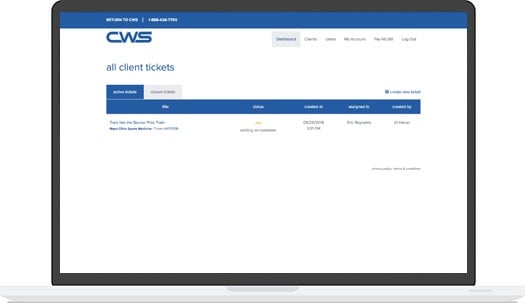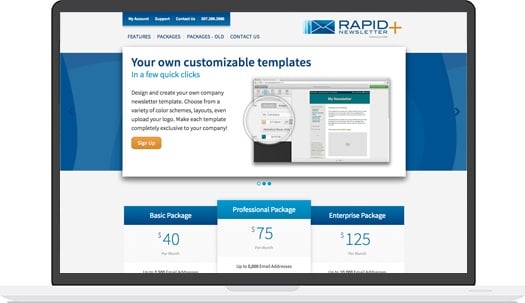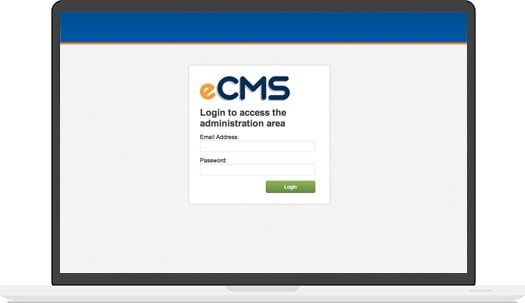I’ve always been a big fan of cooperation over competition. Most competition only exists in the minds of the competitors, not their customers. For example, are Microsoft and Apple really in competition? I don’t think they are.
Some people prefer Windows, others Mac OS. Although both companies provide computer operating systems, they serve two different markets. And a market is nothing more than a group of people with a common interest.
Both Microsoft and Apple spend millions of dollars on market research, much of it the same research for each company. Think of how much better they would serve their markets if they shared their research and focused on improving the experience of their customers. Think of how much money they would save.
Corporate Espionage?
As much as I hope that cooperation will replace competition, we usually do not have that choice. Fortunately, there is still a way to benefit from your competitor’s marketing research—spying.
Before you think that I’m talking about illegal corporate espionage, such as in the movie Duplicity starring Julia Roberts and Clive Owen, I’m actually referring to something much less likely to get you thrown in jail. What I’m referring to is performed online and is completely on the up and up.
Why You Want to Spy on Your Competitors
The main benefit of spying on your competitors is to learn what works best for them. Your competitors spend a lot of time and money trying various combinations of text, images, and video for their digital ads. They set up inbound marketing systems that use free ebooks, sign-up forms, and blog posts. They seek out backlinks from authoritative websites. All of these rely on using the best keywords, which also requires considerable effort to research, test, and analyze.
With a few online tools, you can benefit from your competitor’s efforts and save yourself a ton of money and time. The following are three of those online tools. Each of these are free to use, although they do have paid plans with fewer restrictions.
1) HubSpot’s Marketing Grader

Marketing Grader lets you quickly see what social media your competitor is using, if their website is mobile friendly or not, and if they’re blogging. Even more useful is the ability to see if they’re using any lead generation tactics (such as a sign-up form) and from which authoritative sites they have backlinks.
Lead generation strategies, such as using sign-up forms with a free ebook offer to encourage readers to subscribe to your email list, are a strong indication of how marketing savvy your competitor is. Competitors that make effective use of inbound marketing strategies are worth following and analyzing more closely. See what has been proving effective for your competitor, and borrow that strategy.
Backlinks from authoritative websites are important to increasing your search engine rank. For example, if CWS was trying to rank for the keyword “digital ad experts,” a backlink from an authoritative site would push us higher in the search engine results (Google) than a backlink from a website with hardly any authority. The closer we are to that number one spot in the Google search results, the more people who will click and go to our website.
2) SpyFu
Perhaps the most useful details you receive from SpyFu is information about your competitor’s Google AdWords campaigns. With SpyFu, you can see how many keywords your competitors pay for, what those keywords are, how many clicks they receive, and even what they’re monthly budget is.

If your competitor is making smart use of Google AdWords, consider adjusting your own approach to include A/B testing of their techniques. A/B testing is where your digital ad displays first one variation to one person, then a second variation to the next person, then back to the first variation for the third person, and so on. You then analyze the results to see which variation provides the best conversion. If your competitor’s ad strategy results in more conversions, you could then switch to that ad and continue the A/B testing process.
3) SEMrush

SEMrush gives you a ton of data about your competitors. You can dig deeply into their use of keywords and see which keywords are providing the best results, which ad campaigns are most effective, and even discover new competitors based on the keywords you want to rank for. You can also track how your competitors’ keyword rank changes day to day compared to your own ranking.
The benefit of this data is that it allows you to make adjustments to your own content and keyword strategies. If you see that a competitor is ranking higher for a keyword that is important to you, you can adjust your strategy to focus more on that keyword through additional blog posts, social media, or digital ads.
Wrapping It Up
Although learning from your competitor’s marketing efforts can save you time and money, only use it as a way to help your own marketing. Do not rely on merely copying your competitors. You want to be unique and mark your own trail. You want to be creative and move far beyond your competitors. You want to provide an experience for your customers that no one else can come close to replicating.
If your marketing strategy is to copy your competitors, you will always lag behind them. You’ll be a follower, not a leader.
Business success comes from being a leader.
Want to learn more tricks of the trade? Instantly download and read our free eBook:

.jpg?t=1533315998368) How-To Articles
How-To Articles Support Portal
Support Portal Webmail
Webmail Rapid Newsletter+
Rapid Newsletter+ eCMS
eCMS


 Our content team is made up of thought leaders, strategists, and content creators who have more than 70 years of combined experience. With a wide variety of backgrounds as entrepreneurs, marketing gurus, healthcare associates, as well as plenty of experience in other industries, we help grow businesses with our relevant, trusted, and helpful resources.
Our content team is made up of thought leaders, strategists, and content creators who have more than 70 years of combined experience. With a wide variety of backgrounds as entrepreneurs, marketing gurus, healthcare associates, as well as plenty of experience in other industries, we help grow businesses with our relevant, trusted, and helpful resources.
